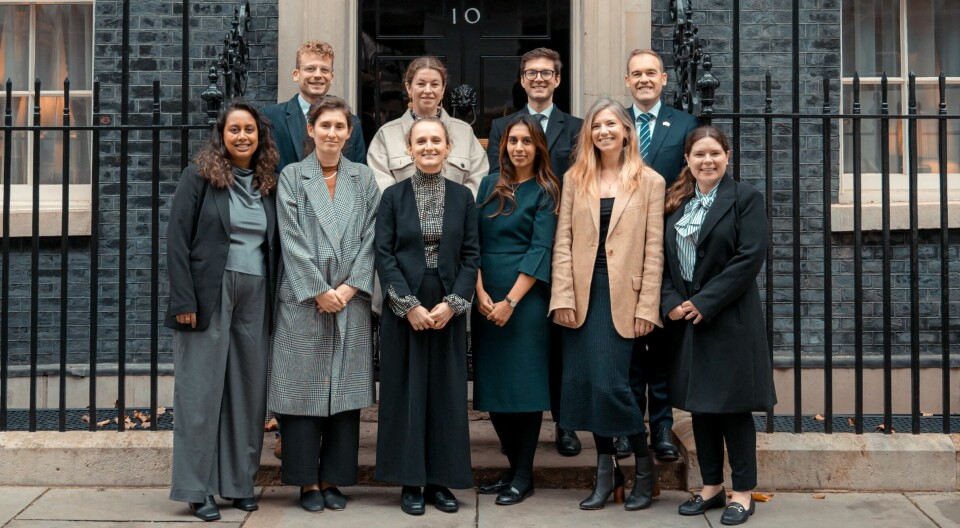
UK trade attachés get a taste of the salmon industry
Trade attachés who represent the United Kingdom’s agri-food and drink sectors abroad will visit a salmon farm in Scotland this week as part of a series of fact-finding trips.
The 11 attachés based in British embassies and consulates around the world - in Canada, Mexico, the United States, Brazil, Kenya, The Gulf, India, Japan, China, Thailand, and Vietnam – work to remove trade barriers, identify emerging international markets and tap into growing demand worldwide for quality goods from UK farmers and producers.
Donna Fordyce, chief executive of Seafood Scotland, said: “The attachés will visit a Bakkafrost Scotland salmon farm, which will include a boat trip to see the pens and discover how the fish are carefully reared in a healthy environment.
“Scotland’s aquaculture sector is of great importance to our nation’s economy and we are proud to showcase best practice in action. This is a fantastic opportunity for the industry – and us – to engage with attachés from around the world, who each do so much to support our sector with market access and development opportunities.”
Scottish salmon is the UK’s most valuable food export. On a rolling annual basis, exports of farmed Scottish salmon were worth at £611m at the end of September 2023.
Vital work
The UK's Department for Environment, Food and Rural Affairs (Defra) said that in 2023 its attachés have supported the UK government in resolving 42 agri-food barriers worth an estimated £340 million per year, with 141 new market access agreements delivered since 2020. Their recent successes include securing market access for trout ova to China.
UK food and farming minister Steve Barclay said: “Our attachés do vital work to ensure they get the best possible deals to export their world-class produce.
“We are expanding the attaché network even further next year, so that our excellent food and drink can continue to reach all corners of the globe.”
Five additional attachés will be recruited – a second attaché in Africa and others to cover the regions of Australia and New Zealand; North Europe; South Europe; and South Korea. They are expected to be in post by May 2024.






















































